Low-Chloride Mineral Fertilizers Based on Polyhalite
Chlorine is involved in many physiological processes and is classified as a micronutrient. However, its excess in the soil harms germinating seeds and young developing plants. There are many groups of plants that are intolerant of chlorine or tolerate it only slightly, such as some vegetables, fruit trees and bushes, broad beans, sunflowers and potatoes.
Goudenkorrel® produces fertilizers based on the mineral polyhalite, which contains only sulfate connections and elements important for crop production such as potassium, sulfur, calcium, magnesium and sodium, so fertilizers such as Belenus® cause low salinity which is very beneficial for the development of crops. The salinity index is the lowest among this type of fertilizer (Fig. 2). The proportion of calcium in the composition of fertilizers allows to reduce the acidity of the soil, which allows better use of nutrients. All elements are released gradually, staying longer in the soil, so plants can use the nutrients in the fertilizer more efficiently. Ingredients are not leached deep into the soil complex, and macronutrients are available from the moment of application and taken up for up to 50 days (Fig. 3). The components of Goudenkorrel® brand fertilizers dissolve 100%. The process is slower than in similar fertilizers of this type (Fig. 4).
GoudenKorrel® produces Belenus® and Vervactor® fertilizers based on polyhalite using G2D Nodens Technology™.
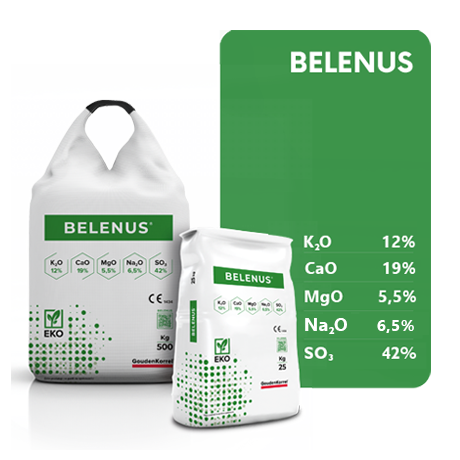
Belenus® multicomponent organic mineral fertilizer obtained with G2D Nodens Technology™ from polyhalite is an excellent solution for growing crops. The fertilizer is a source of easily digestible and organic sulfur, and its content is 42%.
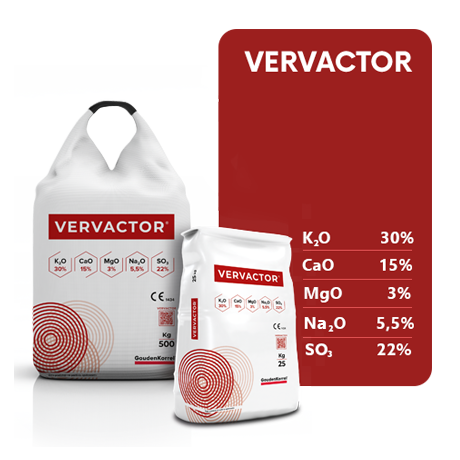
Vervactor® multicomponent mineral sulfate-chloride fertilizer produced with G2D Nodens Technology™ based on the mineral polyhalite contains a relatively low chloride content, which translates into low soil salinity. It is an excellent fertilizer with rapidly assimilable potassium for use on most crops.
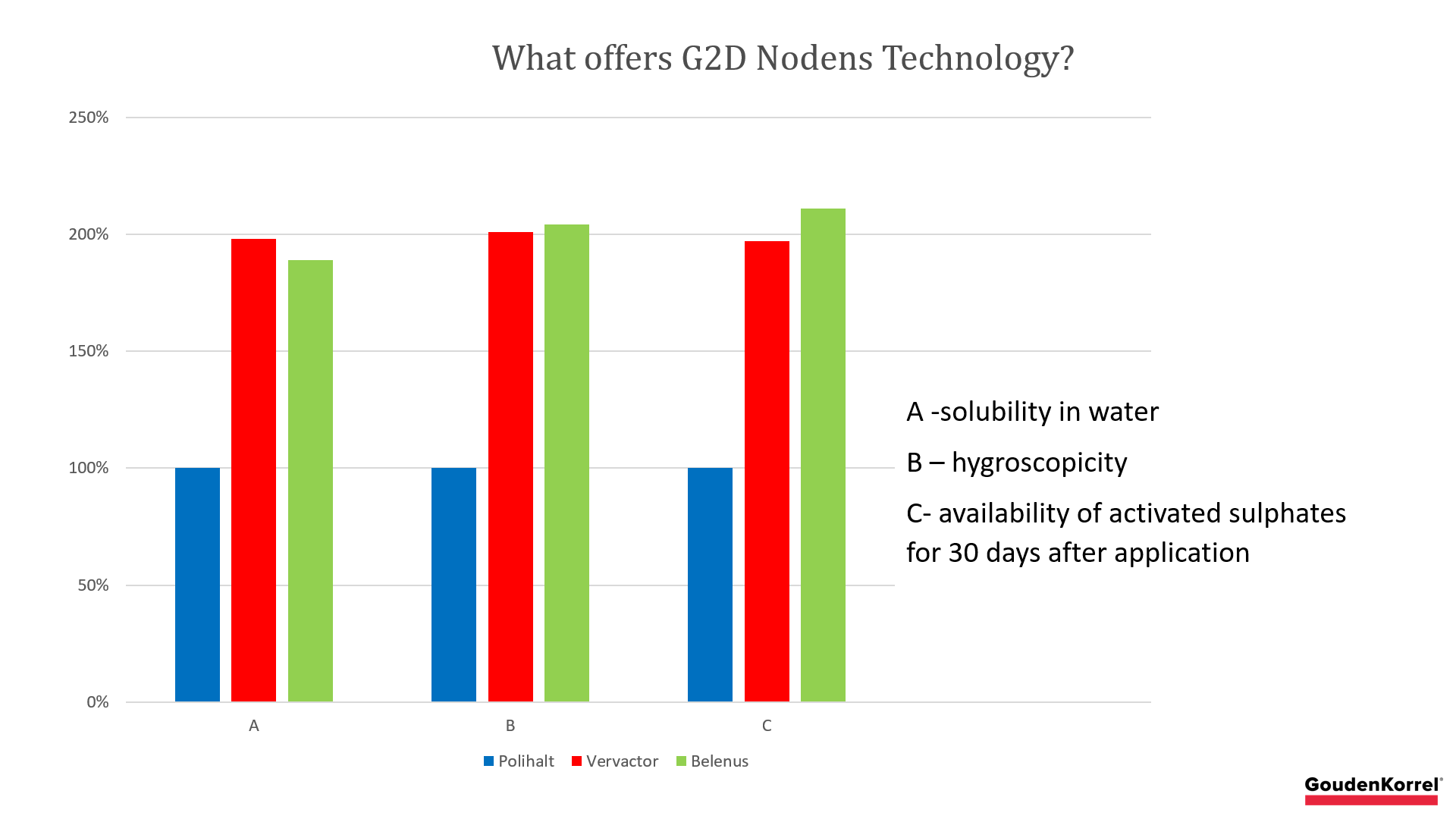
Figure 1. Effect of applied innovative G2D Nodens Technology on improving selected properties of polyhalite.
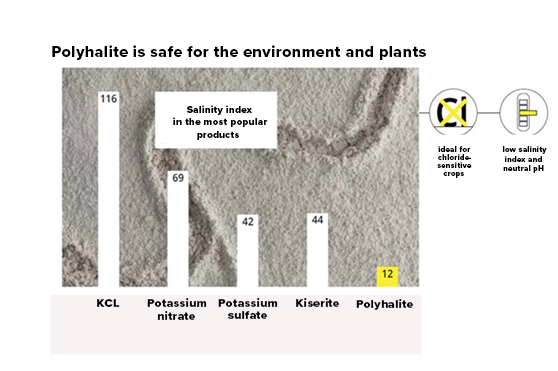
Fig.2 2. Salinity index values for selected fertilizer products

Figure 3. Comparison of the rate of release of beneficial sulfur from polyhalite with selected mineral fertilizers
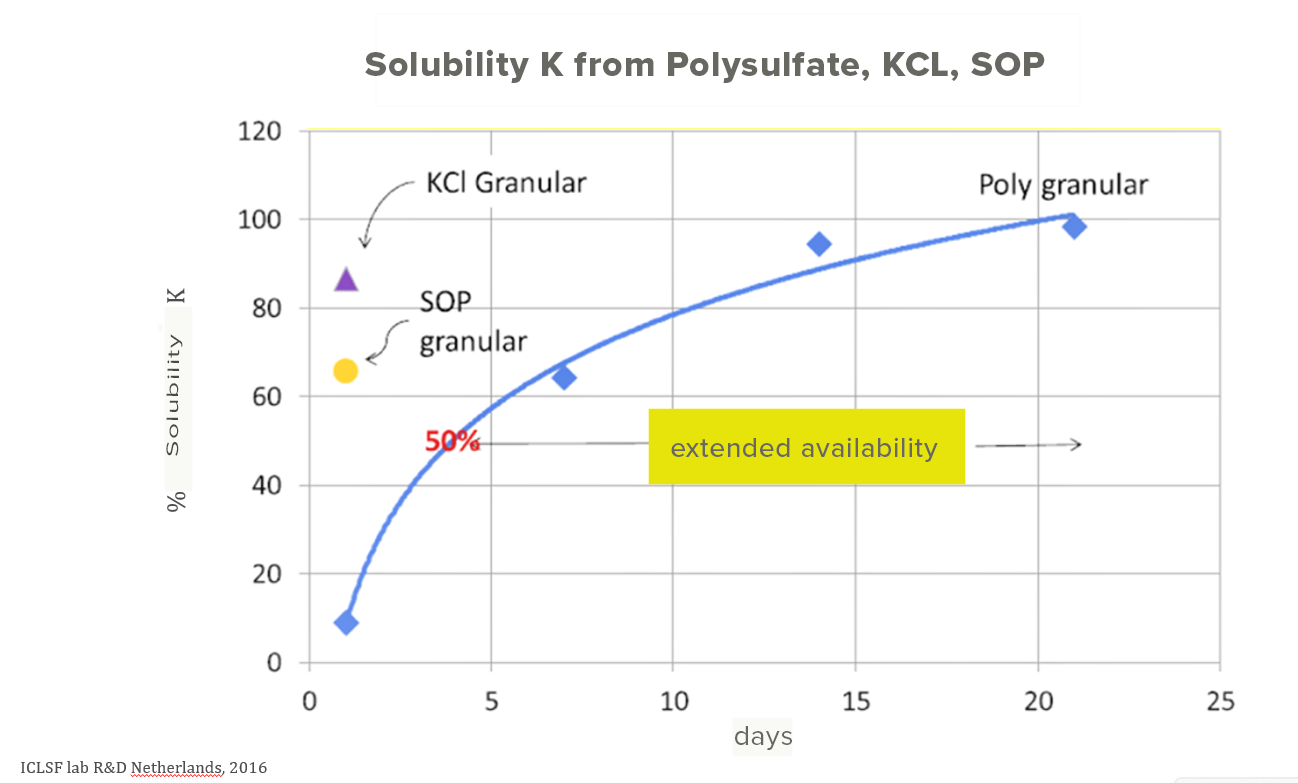
Figure 4 Salinity index values for selected fertilizer products

